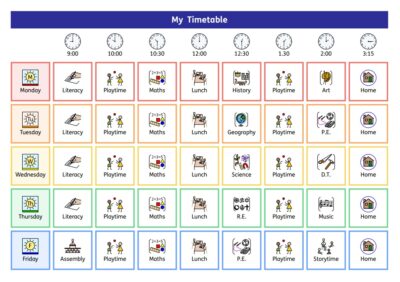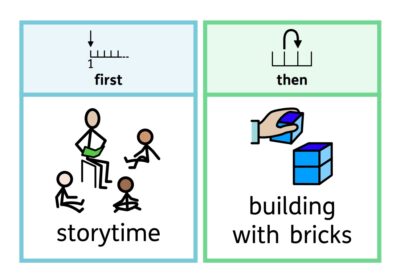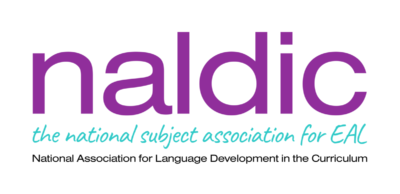 Laura Spargo, teacher and consultant, shares some practical methods to help multilingual students thrive academically and socially.
Laura Spargo, teacher and consultant, shares some practical methods to help multilingual students thrive academically and socially.
Walk into today’s UK classrooms and you’re likely to hear a beautiful mix of languages during break time. This linguistic diversity brings incredible richness to our schools, but it also means we need more guidance on how best to support students with English as an additional language (EAL).
Recent research from the UCL Institute of Education suggests that early multilingual exposure creates significant long-term academic benefits for students with EAL, compared to monolingual peers. Research like this confirms what many of us observe firsthand: multilingualism isn’t something that needs fixing. It’s a cognitive superpower that, with the right support, can give students a real advantage.
From my experience working in UK and international schools, I found that some simple practices, when applied consistently, can help new arrivals to feel welcome in their new setting.
How can we make the school day easier to navigate?
Multilingual learners aren’t just learning new vocabulary, they’re mastering curriculum content while simultaneously finding their way around new routines and spaces.
One way we can lighten the load is through dual coding, which combines words and visuals, helping children process information. A good example of this is the visual timetable which enables students to understand what’s coming next. Younger children can benefit from a now/next board made with simple illustrations such as Widgit Symbols to show that story time is followed by outdoor play. For older students, a full subject timetable with symbols alongside written words helps to map out their day.

Consistent visual labelling throughout the school makes a real difference too. When every classroom uses the same symbols for equipment and areas, students can navigate their environment with growing confidence.
For younger students, movement can help reinforce vocabulary. In the recently published report, Unlock Understanding for Children with EAL, Orlaith O’Carroll, Inclusion Teacher at Charter Schools UAE, explains how actions help to make words more memorable.
“If children are able to link a word with an action, they are more likely to remember that word. I have been teaching children some key classroom vocabulary, such as pencil and whiteboard, using Total Physical Response (TPR). TPR connects a word with an action, for example a teacher writing on a whiteboard or a child using a pencil. The student can help to create the actions themselves, and this serves as a powerful memory aid for them.”

Building connections and confidence
When EAL students feel connected to their school community, everything else falls into place more easily. Students are willing to take risks with their language use, participate in discussions, and are generally more engaged with their learning.
Structured activities that get students talking work particularly well, such as collaborative tasks where children need to ask a partner for specific Lego pieces to build a model, or story creation activities in groups using visual prompts. These aren’t just language exercises, but friendship builders and confidence boosters.
Strategic pairing makes a big difference too. Sometimes students benefit from working with strong English speakers who can model effective communication. Other times, connecting with peers who share their first language allows for richer discussions about complex ideas and emotions.

In a Widgit Symbols case study, Charlotte Goode, Assistant Head of Primary at GEMS Winchester School UAE, describes how flipcharts with symbols support confidence building in students with EAL. “Children can decode what a task is asking them to do without having to ask the teacher immediately. This fosters a more confident learning environment and encourages students to engage actively in their lessons.”
These strategies create an inclusive school culture that celebrates linguistic diversity, helping multilingual children reach their full potential.
 Find out more about multilingualism
Find out more about multilingualism
- Join one of our Regional or Special Interest Groups
- Attend the next NALDIC annual conference in November
- Do you have a story to share? Write a post for the NALDIC blog


